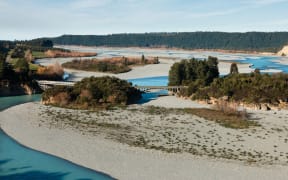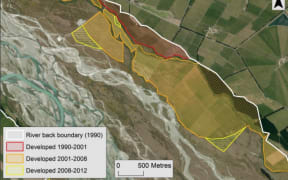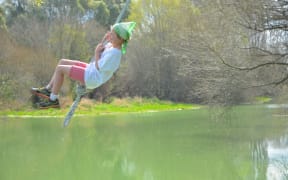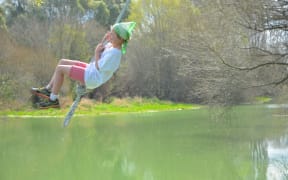It defies belief that almost 12,000 hectares of land on the margins of Canterbury's rivers has been converted for intensive agriculture, an environmental group says.
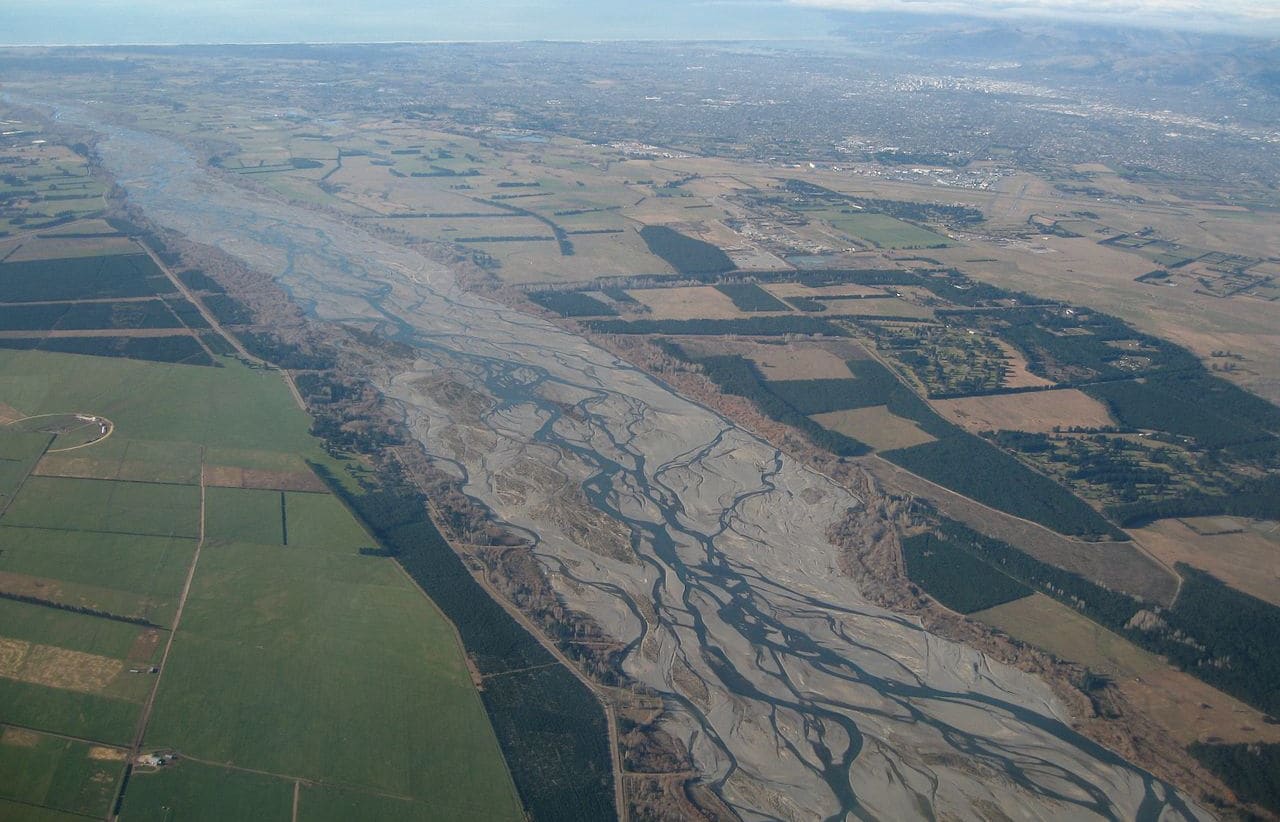
The Waimakariri River Photo: Wikimedia Commons
A regional council report details the widespread conversions, called agricultural encroachment, between 1990 and 2012.
The encroachments took place on the margins, or berm lands, of 24 of the region's braided rivers - described by the report as "internationally and nationally significant".
"They are a defining characteristic of the region's landscape and... critical habitat for remaining indigenous biodiversity," the report said.
The river banks were crucial to that ecosystem, and provided a natural floodplain, it said.
But in the 22 years from 1990, 11,630 hectares of that riparian zone was converted for intensive agricultural use.
Although the majority of the land was privately held, a quarter was public reserve, and the rest (16 percent) was unallocated.
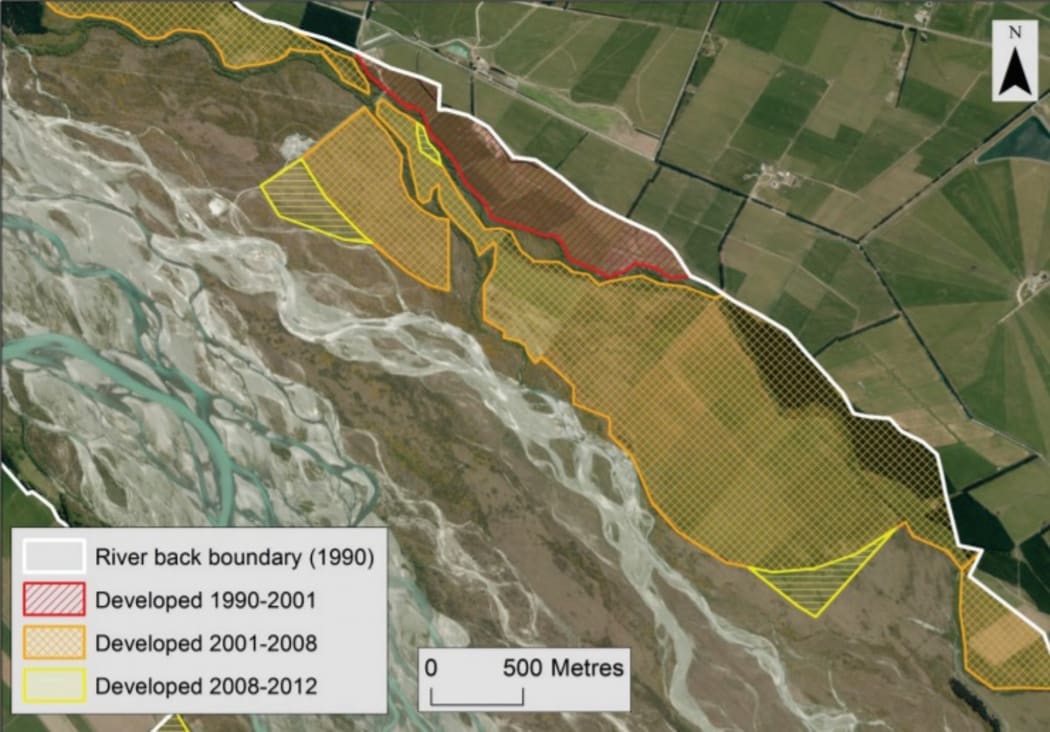
Aerial photograph showing river margin vegetation clearance and land use change in the lower Rakaia River. Photo: Supplied
Jen Miller from Forest and Bird was furious that farmers had ended up with the land.
"They've basically stolen public land," she said. "That effectively precludes anybody's ability to access it for recreation or fishing.
"But [these are also] the areas where you have quite intact indigenous vegetation."
Escalating land value was a driving factor, she said.
"The lower plains land is very valuable now, and that would be why in the past it was just riparian margin and was left alone.
"But as land prices increased, and landowners want to maximise land and maximise profit, it clearly has become an attractive option."
Home to indigenous plants, fish, birds and lizards - braided rivers were classified as naturally rare or uncommon ecosystems, and considered nationally endangered.
But the areas taken over for farming were gone for good, Ms Miller said.
Federated Farmers environment spokesperson Chris Allen said land titles adjacent to rivers were notoriously complicated, and he urged farmers to stick within the law if they planned on doing any work there.
"I would say it is a good time to have a good, clear discussion as to what the current law and regulation actually is, before we decide as a community do we have adequate protections currently under the laws."
Mr Allen said he was not in a position to describe what those adequate protections might be.
But the report noted that most of the riparian land on the Canterbury plains had already been developed, and similar development was now starting to happen upstream in the high country valleys.
Without strong enforcement, that last special habitat would also be gone for good, Ms Miller said.

